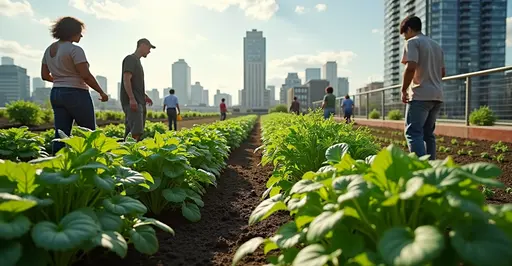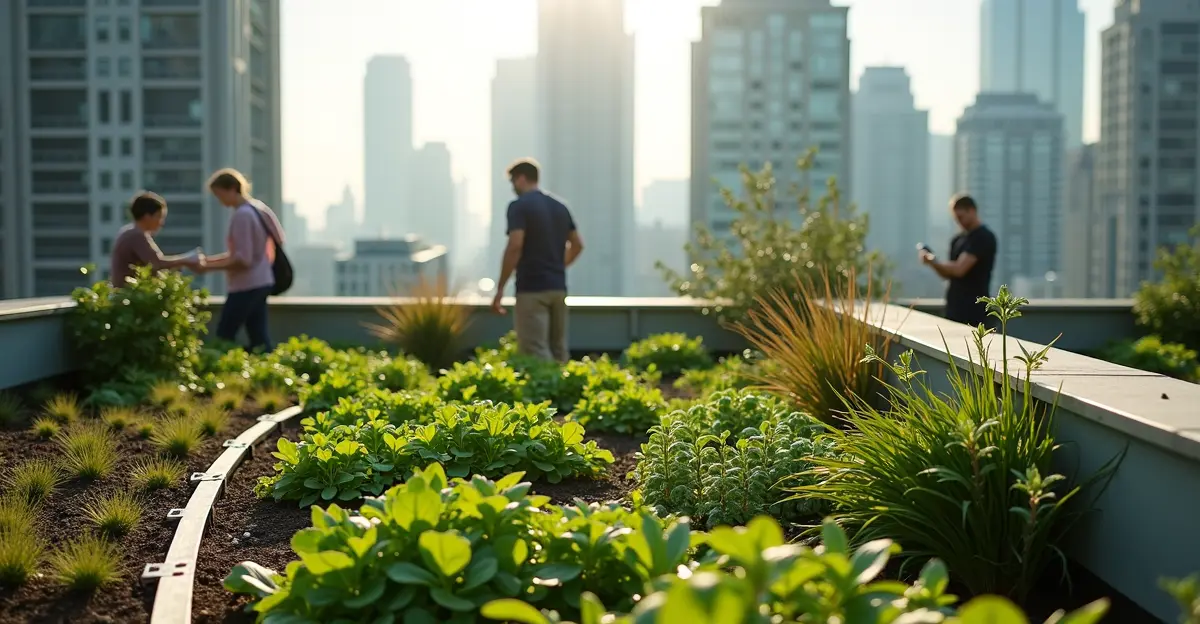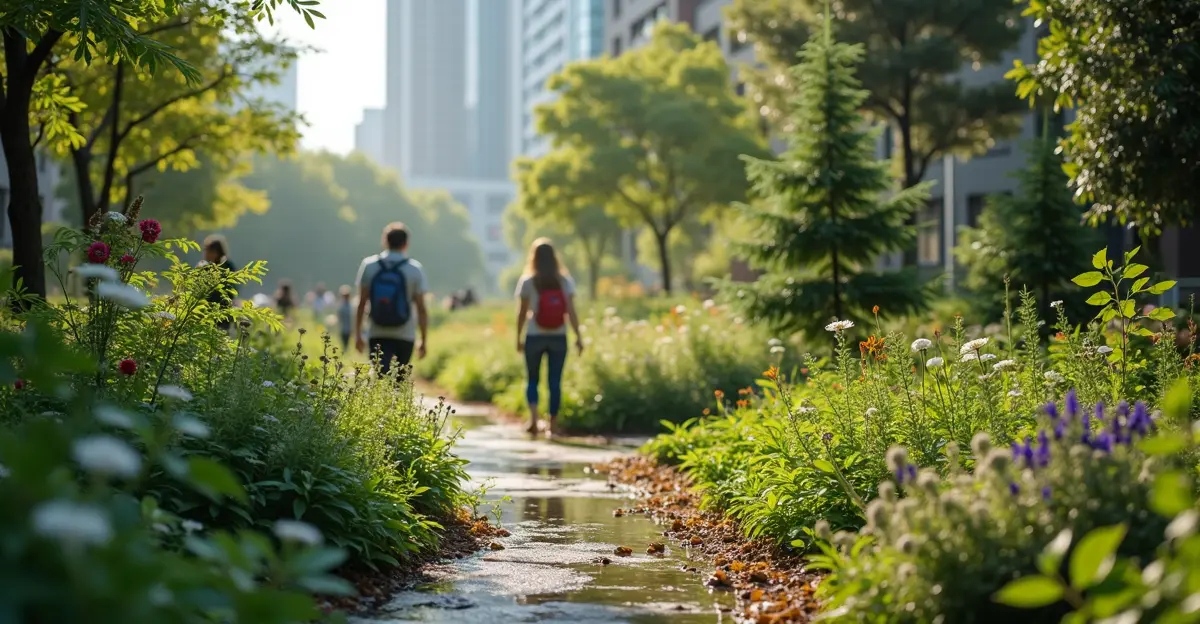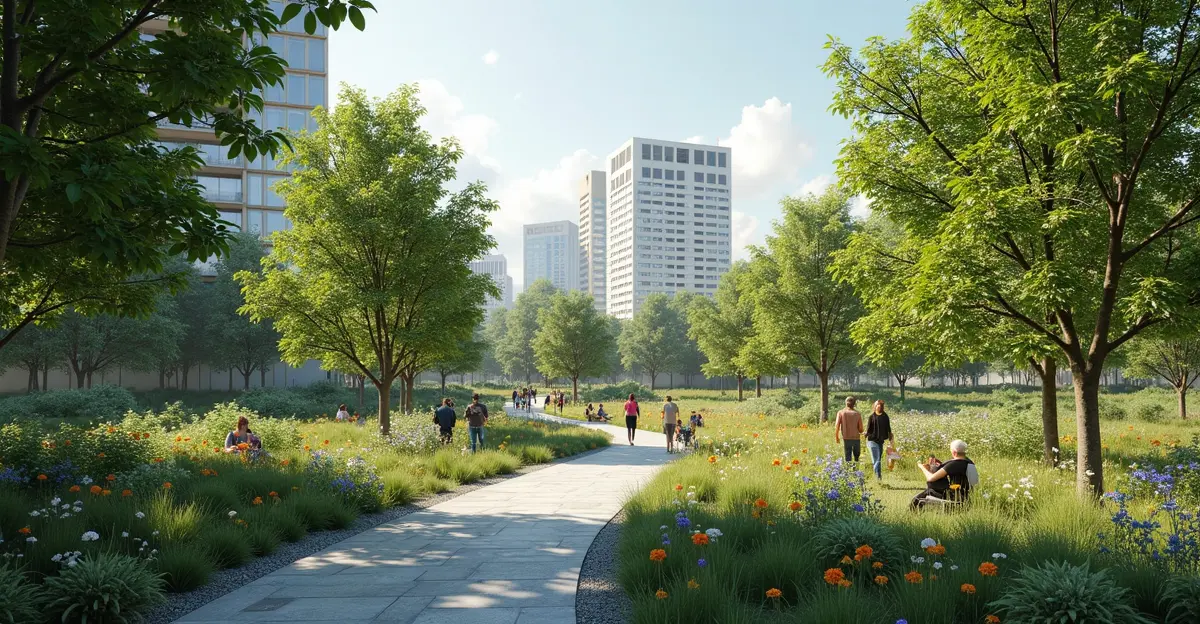Cities worldwide are transforming rooftops into pollinator sanctuaries through bee-friendly urban design, creating ecological corridors and supporting declining bee populations while enhancing urban biodiversity and community engagement.
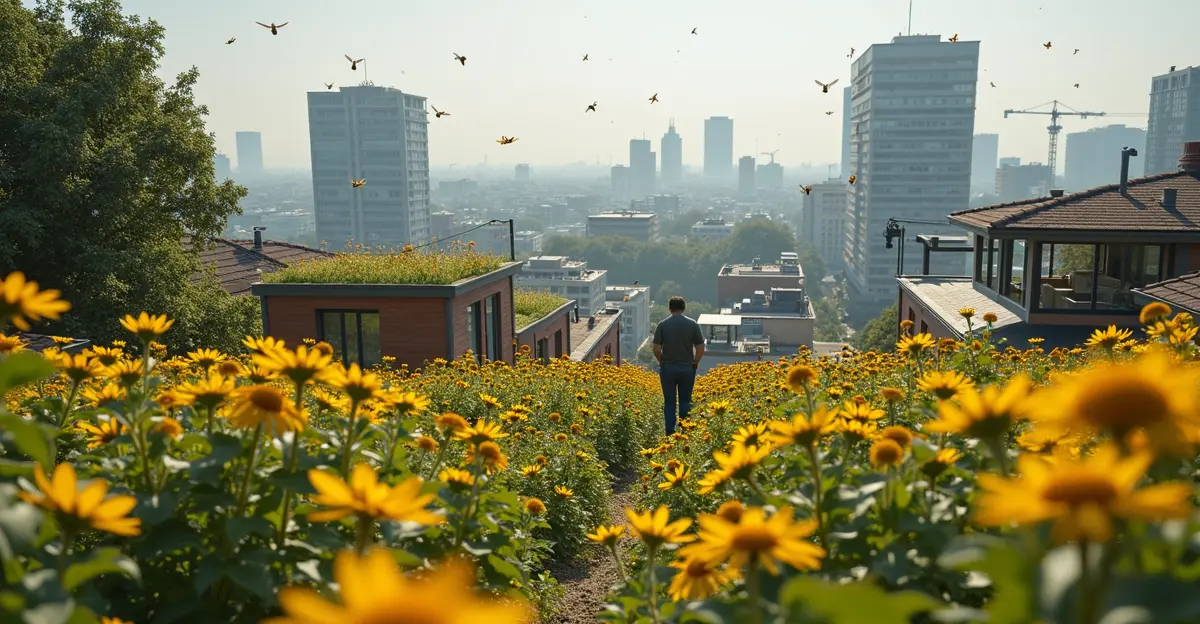
Urban Revolution: How Cities Are Creating Pollinator Sanctuaries
Across the globe, cities are undergoing a quiet revolution as urban planners and ecologists transform concrete jungles into vibrant pollinator habitats. The movement toward bee-friendly urban design is gaining momentum, with rooftop gardens emerging as a key strategy to support declining bee populations while enhancing urban biodiversity.
The Rise of Pollinator Pathways
Seattle's pioneering Pollinator Pathway project, founded by artist and designer Sarah Bergmann, demonstrates how urban infrastructure can be repurposed to create ecological corridors. 'We're not just planting flowers - we're creating connected habitats that allow pollinators to thrive in urban environments,' explains Bergmann, who received the 2012 Genius Award for her innovative approach.
The project connects isolated green spaces through flowering plant installations along city streets, creating a network that supports bees, butterflies, and other essential pollinators. Similar initiatives have since emerged in cities worldwide, from New York to Los Angeles, as municipalities recognize the ecological and aesthetic benefits of pollinator-friendly urban planning.
Rooftop Gardens: Vertical Sanctuaries
Rooftop gardens are proving particularly effective in dense urban environments where ground space is limited. According to recent research from Stay Green Garden, these elevated ecosystems provide crucial habitats, food sources, and nesting sites for urban pollinators while simultaneously reducing the urban heat island effect and managing stormwater runoff.
'Rooftop gardens represent untapped potential for urban biodiversity,' says urban ecologist Dr. Maria Rodriguez. 'They create vital refuges for pollinators while delivering multiple environmental benefits to the city below.'
Urban Beekeeping Takes Flight
The integration of beekeeping into urban sustainability policies is transforming cityscapes across North America and Europe. As reported by FTC Publications, cities like Portland, Austin, and Seattle are leading the way with progressive beekeeping regulations and community support programs.
Portland, Oregon tops the list of bee-friendly cities in 2025, according to Be Gardenly, thanks to its temperate climate, abundant green spaces, and supportive policies from the Portland Urban Beekeepers Association. 'Urban bees often thrive better than their rural counterparts due to diverse urban flora and reduced pesticide exposure,' notes beekeeping expert James Wilson.
Environmental and Community Benefits
The benefits extend beyond ecological conservation. Pollinator-friendly cities experience improved air quality, enhanced food production through better pollination of urban gardens, and stronger community engagement. 'These projects bring people together around a shared environmental goal,' observes community organizer Lisa Chen. 'They transform sterile urban spaces into living ecosystems that benefit both nature and residents.'
Research shows that pollinators support approximately 75% of the world's food crops, making their conservation crucial for global food security. Urban environments, with their diverse planting schemes and reduced chemical use, can provide safer habitats than agricultural landscapes dominated by monocultures.
Future Directions
As cities continue to grow, the integration of pollinator-friendly design into urban planning becomes increasingly important. New technologies, including smart hive monitoring systems and digital platforms for community engagement, are making urban beekeeping more accessible and sustainable.
'The future of cities depends on our ability to coexist with nature,' concludes urban planner David Kim. 'Bee-friendly design isn't just about saving bees - it's about creating resilient, sustainable urban ecosystems for generations to come.'

 Nederlands
Nederlands
 English
English
 Deutsch
Deutsch
 Français
Français
 Español
Español
 Português
Português






